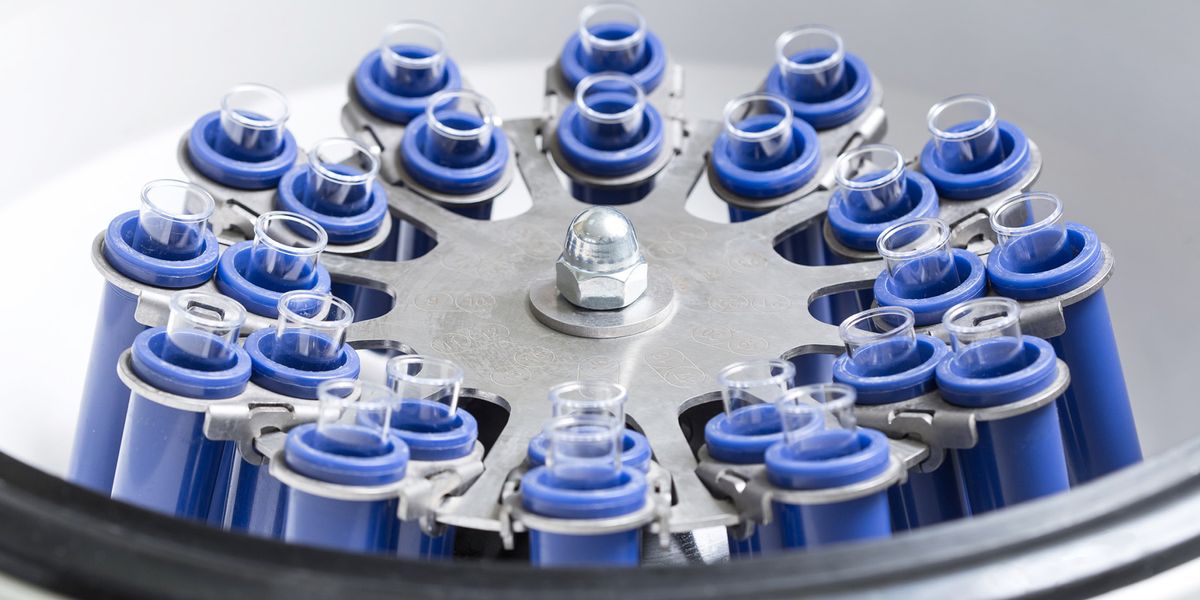n the fast-paced world of critical care medicine, the ability to quickly and accurately assess a patient’s condition can make the difference between life and death. Among the many tools available to clinicians, blood gas analyzers stand out as one of the most vital. These devices provide real-time measurements of a patient’s blood gases, electrolytes, and acid-base balance, allowing clinicians to rapidly diagnose and treat life-threatening conditions. Over the past few decades, blood gas analyzers have undergone a remarkable evolution, with advancements in technology leading to faster, more accurate, and more portable devices. In this article, we’ll explore the fascinating history and evolution of blood gas analyzers and the impact they’ve had on critical care medicine.
The Early Days: Basic Blood Gas Analysis
The history of blood gas analysis dates back to the early 20th century, with the pioneering work of Danish physiologist Christian Bohr. In 1904, Bohr introduced the concept of pH as a measure of acidity in a solution, laying the foundation for modern blood gas analysis. However, it wasn’t until the mid-20th century that the first practical blood gas analyzer was developed.
The First Blood Gas Analyzers
The first blood gas analyzers were large, complex machines that required skilled technicians to operate. One of the earliest models, developed in the 1950s, used a glass electrode to measure pH and a series of chemical reactions to determine the concentration of oxygen and carbon dioxide in the blood. While revolutionary at the time, these early analyzers were slow, bulky, and prone to errors.
Advancements in Technology
Throughout the 1960s and 1970s, advancements in electronics and computer technology led to significant improvements in blood gas analyzers. These new devices were smaller, faster, and more accurate than their predecessors, making them ideal for use in critical care settings. One of the key innovations during this time was the development of the ion-selective electrode, which allowed for more accurate measurements of electrolytes such as sodium, potassium, and chloride.
The Advent of Point-of-Care Testing
In the 1980s, blood gas analyzers underwent another major transformation with the introduction of point-of-care testing. Instead of sending blood samples to the laboratory for analysis, clinicians could now perform blood gas tests at the patient’s bedside, allowing for faster diagnosis and treatment of critical conditions. These new point-of-care analyzers were smaller, more portable, and easier to use than their predecessors, making them indispensable tools in emergency departments, intensive care units, and operating rooms.
Miniaturization and Portability
Throughout the 1990s and 2000s, blood gas analyzers continued to evolve, with a focus on miniaturization and portability. New technologies, such as microfluidics and biosensors, allowed for the development of handheld devices that could provide accurate blood gas measurements in a matter of minutes. These portable analyzers revolutionized critical care medicine, allowing clinicians to quickly assess a patient’s condition even in remote or resource-limited settings.
Integration with Electronic Health Records
In recent years, blood gas analyzers have become increasingly integrated with electronic health record (EHR) systems, allowing for seamless documentation and sharing of patient data. Modern analyzers can automatically transmit test results to the patient’s electronic medical record, providing clinicians with instant access to critical information. This integration has streamlined the diagnostic process and improved patient care, reducing the risk of errors and delays.
The Future of Blood Gas Analysis
Looking ahead, the future of blood gas analysis looks brighter than ever. Advances in technology, such as wearable sensors and real-time monitoring systems, promise to further revolutionize critical care medicine. These new devices will allow clinicians to continuously monitor a patient’s blood gases and electrolytes, providing early detection of life-threatening conditions and allowing for more proactive treatment.
Conclusion
Over the past few decades, blood gas analyzers have undergone a remarkable evolution, from bulky and cumbersome machines to fast, accurate, and portable devices. These advancements have revolutionized critical care medicine, allowing clinicians to quickly assess a patient’s condition and provide life-saving treatment. As technology continues to advance, the future of blood gas analysis looks promising, with new innovations promising to further improve patient care and outcomes.

